For more than a decade, the American desire for city life has been insatiable. Bountiful restaurants and shops, art and Instagram-worthy public spaces, people-watching and energizing density have pushed up housing prices and helped fill city coffers with tax revenue. Now with the impact of the Covid-19 pandemic on human health and the economy, major cities are witnessing a rapid and stunning reversal that is generating genuine concern about whether urban centers can recover. Cities have weathered downturns before, notably from the 1950s to the 1980s, when white flight and ill-conceived urban-renewal projects caused populations to drop. But the coronavirus, which has heightened the fear of density and led many city dwellers to work remotely, is posing a question once unthinkable: do we need cities? The answer used to be obvious: cities are the center of regional economies. But after the country’s GDP contracted by 32.9 percent annualized in the second quarter of 2020 (the steepest drop since record keeping began in 1947), it seems unclear if or when urban centers will regain their share of the country’s economic activity. Conventional retail was failing before the pandemic; now shopping online is bigger than ever, and brick-and-mortar stores are struggling to stay open while keeping employees and shoppers safe. In New York, the city with the deadliest Covid-19 outbreak, commercial rents have dropped an average of 11.3 percent across 16 major retail corridors in Manhattan, and as much as 37.5 percent in fashionable SoHo, compared with last year. At least 5 percent of the population (420,000 people) left New York between March and May. While many of those New Yorkers may have been temporarily holed up in vacation homes, a permanent loss of even half of them would wipe out a decade’s worth of population growth in a matter of months.
It’s not just New York—all major metropolitan areas are seeing negative indicators like rising unemployment, small-business closures, and commercial vacancies. In a National League of Cities’ survey of 485 cities, sales tax decreased on average by 11 percent and income tax by 3.4 percent compared to last year. Officials in 90 percent of cities said they will be less able to meet residents’ needs next year. A big fear is a “K-shaped” recovery, where the white-collar, work-from-home crowd sees an economic rebound (e.g., the S&P 500 reached a record high in August), while the rest of the country is mired in a new Great Depression.
Racial disparities are front and center, with disproportionately high coronavirus death rates among people of color, and demonstrations calling attention to systemic racism in policing, not to mention other aspects of society and the economy. Many low-income Black and brown neighborhoods are also enduring a devastating rise in gun violence. While overall crime remains low in most cities, a Wall Street Journal analysis of the country’s top 50 cities found homicide rates going up an average of 24 percent over 2019.
The crisis in tenant evictions—held off for now by a nationwide eviction moratorium until the end of the year—is likely to become an avalanche of claims when protections expire. Cities from Los Angeles to Denver to Philadelphia are struggling with homeless encampments as protestors demand to stay put until cities provide permanent housing. Some cities are partnering with hotels, once full of tourists paying hundreds of dollars per night, to house the homeless, financed by CARES Act funding. But well-heeled NIMBYs are not taking this in stride; most notably, this past September, residents of Manhattan’s Upper West Side threatened to file a lawsuit against the city for installing the homeless in a neighborhood hotel. Mayor Bill de Blasio relented, but now advocates for the homeless are protesting his decision.

In early September, San Francisco’s sky was not its normal blue but a bright orange. N-95 masks were used to protect citizens from wildfire smoke as well as Covid-19. Photo © Y. Helfman/Getty Images, click to enlarge.
Yet, despite the homelessness crisis, many urban dwellings are empty: the media on both coasts can’t get enough of stories of wealthy families abandoning cities for places like Tahoe and New York State’s Hudson Valley. The overheated housing markets of New York and San Francisco are cooling— prices have fallen in San Francisco by 4.9 percent and inventory has risen a whopping 96 percent compared with a year ago. Then, in such places as Cape Cod, the number of houses sold increased 93 percent this past July from the summer before. While data from a recent Zillow report show that unlike New York and San Francisco other cities have not seen a remarkable downward trend in real-estate listing searches, a recent survey by Quicken found that 37 percent of 1,000 millennials surveyed are considering moving out of cities in the next year.
What’s more, some experts do not envision an urban recovery, even in the long term. For Dror Poleg, author of Rethinking Real Estate: a Roadmap to Technology’s Impact on the World’s Largest Asset Class, and a cochair of the Urban Land Institute’s Technology and Innovation Council in New York, Covid-19 only accelerated negative trends that began well before March 2020. New York City had lost population for three consecutive years, with more than 50,000 people gone in the year ending July 1, 2019. Los Angeles and Chicago had also seen population declines for the past two years. As millennials began having children, the suburbs, with their lower housing costs but better funded school districts, have been a magnet, as they were for previous generations.
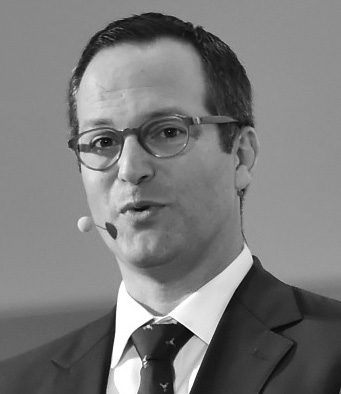
Superstar cities survived thanks to inertia. They are running on fumes.
Rethinking Real Estate: A Roadmap to Technology’s Impact on the World’s Largest Asset Class.
Photo courtesy Ricotech
Poleg argues that “cities are running off of fumes.” A prime example was Facebook’s announcement in August that it would lease 730,000 square feet in Midtown Manhattan. Touted in The New York Times as “Facebook Bets Big on Future of N.Y.C.,” Poleg points out that the deal had been in the works before the pandemic and was probably renegotiated in Facebook’s favor after Covid-19 sent rents spiraling down. And the company has said it will allow most of its office-based employees to work remotely and it will “adjust” pay if they move to a less costly region than the Bay Area.
In Poleg’s view, “superstar cities survived thanks to inertia” but aren’t creating new and ongoing value; they’re surviving because of existing residents and businesses—even as more than half those businesses that have been closed since March are now permanently shuttered, according to Yelp. Covid-19 has forced many urbanites to actively rethink their choices. If and when a vaccine does bring an end to restrictions, many office employees may have spent more than a year working from home. “How will they respond when they’re told, ‘Now commute an hour to and from the office and wear real clothes?’ ” Poleg asks.

I’m not one of these people who think that remote work is going to supplant offices.
Dean of UC Berkeley’s School of Environmental Design, architect, and planner.
Photo courtesy U.C. Berkeley
But other prognosticators believe cities are far from over. Vishaan Chakrabarti, dean of the University of California, Berkeley, School of Environmental Design, says, “I’m just not one of these people who thinks that remote work is going to supplant offices.” The “end of cities” narrative has been trotted out many times before, he reminds us: anyone remember the purported negative impact of the fax machine? To Chakrabarti, if the experience of remote work has proven anything, it has shown “the necessity to meet face to face and to be together,” he says. “People come together in cities because it’s human nature to do so.”
That said, a certain type of employee—an accountant, say, with a terrible commute, who works in a large professional-service company—might negotiate ongoing remote work. “This represents a concern, not an existential threat,” is how Chakrabarti puts it.
But the future city will be different, he says, with opportunities to rethink urban architecture and streetscapes. He believes there will be a cascade effect on commercial real estate: newer office buildings with state-of-the-art ventilation will come out of the crisis fine, but older office buildings might be converted to residential use. Chakrabarti, an architect and urban designer who has worked for the New York City Department of Planning, as well as for Related Companies, recalls the success of city incentives to owners of office buildings in Lower Manhattan to repurpose them as residential buildings, from 1995 to 2006. The city should consider a similar tax abatement now, he thinks, to convert commercial buildings into low-cost housing with live/work components, locating residents’ offices at the dark core of the structures. Similar incentives could encourage landlords to fill vacant storefronts with social infrastructure like schools, cultural institutions, and day-care centers. By creating affordable housing in city business districts, thousands more people would be able to access nearby jobs, schools, and other amenities, without long commutes.
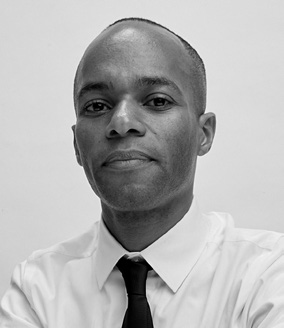
We really need to evaluate our systems of private-market-driven ownership and investment in an extremely different way. Cities are resilient, and we’ll have to learn the new patterns.
New York City Public Design Commission.
Photo © Dario Calmese
Justin Moore, the executive director of New York City’s Public Design Commission, finds the idea of supporting more social infrastructure compelling. “These kinds of spaces are an incredible resource” for all neighborhoods, he says. “Along with that, there needs to be a return to civic and public infrastructure and not simply a commercialized version of it.” But he cautions against tax-incentive programs that typically don’t result in equity and inclusion. “The reality is that people who own high-value buildings in office districts aren’t very well inclined to see that outcome,” he says. To truly create a path toward equity, Moore suggests, “we really need to evaluate our systems of private-market-driven ownership and investment in a radically different way.” B-Corp neighborhood investment companies, where residents can become shareholders in local real-estate investment trusts (REITs) are becoming a more popular way for regular people to share in wealth creation.
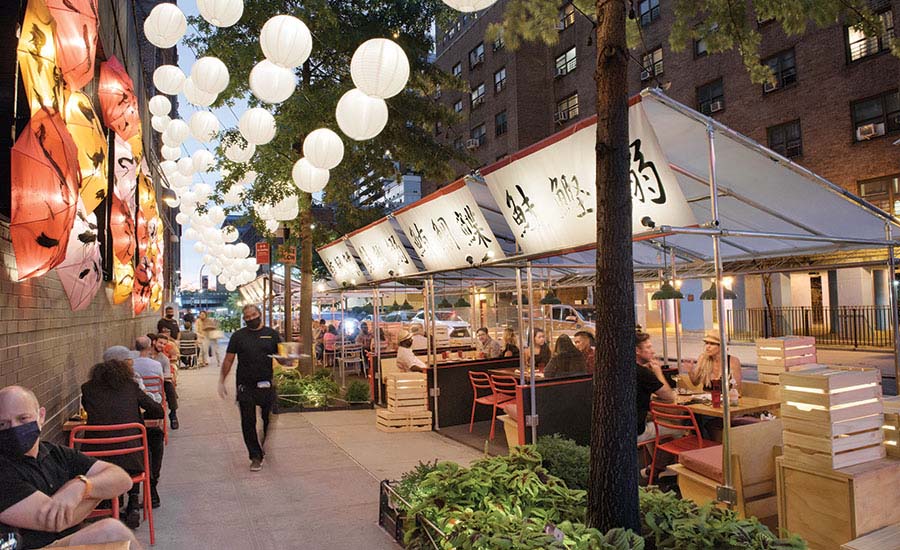
Rockwell Group’s outdoor-dining design for Buddakan Restaurant in New York is an important sign of life—part of its citywide effort to attract the public to restaurants closed for indoor use during the pandemic. Photo © Emily Andrews
Certainly the question of who owns the streets is now up for debate. Less commuting and reduced automobile traffic have encouraged downtowns to loosen regulations and allow restaurants to host outdoor dining in former parking spots during the pandemic. In August, Chicago announced a “winter design challenge” to encourage outdoor dining in winter. (After all, Scandinavians and Canadians do it.) Never before has the inequity of private-car-centric streets been so clear, and urban advocates are clamoring to reclaim more of the street for an array of nonvehicular uses on a permanent basis. “We have substituted automobility for proximity for 100 years,” says Harriet Tregoning, director of the New Urban Mobility alliance (NUMO); “now there is an opportunity to change that.”
NUMO is part of a collective online platform called Covid Mobility Works that has assembled no less than 542 examples of transportation innovation in the face of the pandemic, from an expanded Slow Streets program in Baltimore to a 30-day free bicycle-share program for health-care workers in the Bay Area. Bike ridership is up everywhere, and sales of electric bicycles increased as much as 137 percent in May, according to the data-insight company NPD Group.
But public transportation is still necessary for many long-distance commutes and for nightime safety and comfort. “This pandemic made it utterly clear that the fare box isn’t how we should be primarily supporting transportation,” says Tregoning. She believes that cities trying to address inequality could think more holistically about how they try to pull people out of poverty, and offer free public transportation to anyone requiring public assistance. After many cities made transit free during the height of the pandemic, Los Angeles is now considering doing so on a permanent basis. Much as urban settlements will need reinvention, so will city budgets and the delivery of local government services.

The 15-minute city (which depends on walking and biking for daily needs) emphasizes local retail and commerce instead of the mall.
Zero Carbon Development C40 Cities.
Photo courtesy Hélène Chartier
From the perspective of C40 Cities, a network of megacities dedicated to addressing climate change, long commutes were never sustainable. In July, the group launched a Green and Just Covid-19 Recovery Plan, which included a focus on creating “15-minute cities” where all people can access daily needs within a short walk or bike ride. Although the idea was popularized by Anne Hidalgo, mayor of Paris, long before the pandemic, it is a concept that functions especially well at a time of remote work. Hélène Chartier, the head of Zero Carbon Development for C40 Cities, sees 15-minute cities as the model to embrace in the urban core or the suburb. The plan asks neighborhoods to “emphasize local retail and local commerce instead of the mall,” she explains. Zoning would be at play; buildings would have to be mixed-use to accommodate enough people and businesses. And the 15-minute neighborhood needs an ample percentage of affordable housing to ensure that all types of people could live and work there—across the spectrum from c-suite to service workers—while public spaces would need to be flexible to accommodate all of a community’s needs.

The post-Covid-19 city is going to be more equitable, including a changing distribution of work and a more regional network of activity centers.
Metropolitan Policy Progam–Brookings Institution.
Photo courtesy J.P. Morgan Chase
Amy Liu, director of the Brookings Institution’s Metropolitan Policy Program, is optimistic that “the post-Covid city is going to be a more equitable city.” Liu sees the “changing distribution of work” as encouraging new directions, not only in office buildings but in demand for more diverse housing stock that accommodates people working from home. Cities will always have their downtowns, but she sees the potential for more “regional equity,” where a network of “activity centers” (not unlike the 15-minute neighborhoods C40 Cities espouses) allow more dispersed housing options that potentially encourage older suburbs to bounce back and commercial corridors that are increasingly likely to host more minority-owned small businesses.
Moore has already seen how these patterns have shifted. For example, residential neighborhoods in cities are full of activity, while transportation hubs are relatively quiet. “Cities are resilient and adaptable, and we’ll have to learn the new patterns,” he says, giving the example of how waterfronts—once the backbone of cities’ manufacturing industries—have increasingly been converted to public spaces and other uses. This time, Moore finds it promising that “people are talking about the spatial considerations—what happens in communities—and how that’s connected to race and economic issues. Now, that’s important.”

The next four or eight years could change everything. Things could radically change for the better.
New Urban Mobility alliance.
Photo courtesy Harriet Tregoning
Tregoning, who served in the Department of Housing and Urban Development during the Obama administration, can imagine a future where even a new federal government is aligned with these goals, allocating more funding to cities for transportation and housing needs, but with an eye toward correcting the past mistakes of prioritizing single-family housing and car-centric infrastructure. “These next four or eight years could change everything,” she says. “Things could radically change for the better.”
But Liu sums it up when she says, “So much is uncertain right now.” What will happen with the pandemic, the 2020 presidential election, and the coming winter is anyone’s guess. Once we all get past this period of “Zoom and gloom,” will many people yearn to get back to the way things once were (though perhaps driving more to avoid the perceived risk of public transit, and buying local less often as online delivery takes hold)? Or will this unique experience forever change how cities operate and who lives in them, finally and truly addressing concerns of racial justice, economic disparity, sustainability, and inequality?
Cities have been, and always will be, civilization’s finest creation. If we don’t radically reinvent them now, when will we?
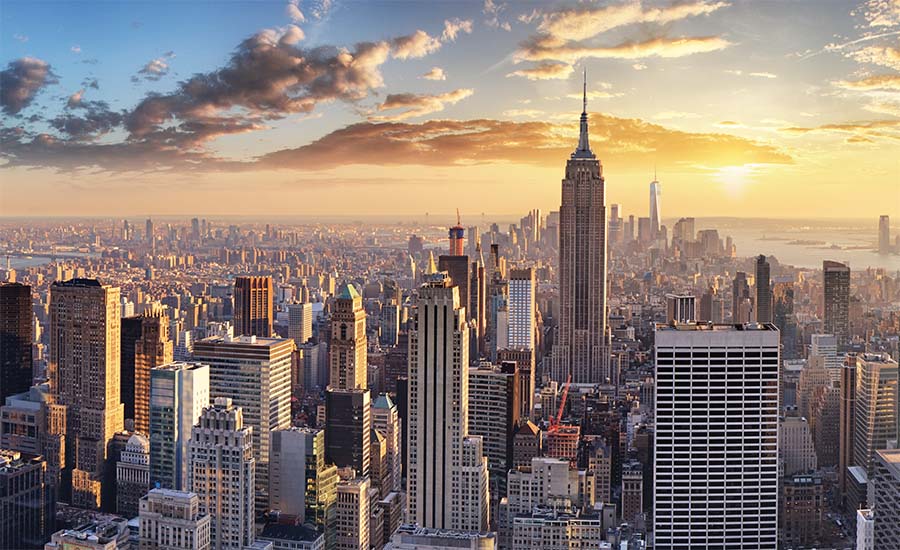


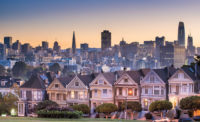


Post a comment to this article
Report Abusive Comment